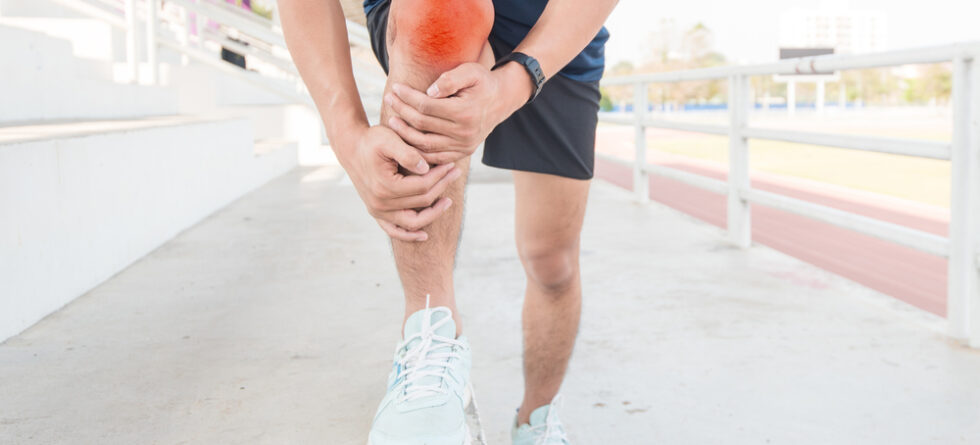Knee pain can be a debilitating condition that affects millions of people worldwide. Whether it’s due to injury, arthritis, or overuse, finding effective relief is crucial for maintaining mobility and quality of life. One treatment option that has gained popularity in recent years is compression therapy. But is compression therapy effective for alleviating knee pain? Let’s delve into the science behind this treatment and explore its potential benefits.
Understanding Compression Therapy
Compression therapy involves the use of specially designed garments or wraps to apply controlled pressure to the affected area, in this case, the knee. These garments are typically made from elastic materials that exert consistent pressure on the muscles, joints, and soft tissues surrounding the knee joint. The goal of compression therapy is to improve blood circulation, reduce swelling, and provide support to the injured or inflamed tissues.
Benefits of Compression Therapy for Knee Pain
- Reduced Swelling – One of the primary benefits of compression therapy is its ability to reduce swelling and inflammation in the knee joint. By applying gentle pressure, compression garments help to promote lymphatic drainage and reduce excess fluid buildup, which can contribute to pain and stiffness.
- Improved Blood Circulation – Compression therapy works by enhancing blood circulation to the affected area, which can help deliver oxygen and nutrients to the tissues, promote healing, and reduce discomfort. Better circulation also aids in flushing out metabolic waste products that may contribute to pain and inflammation.
- Enhanced Stability and Support – Compression garments provide external support to the knee joint, helping to stabilize the surrounding muscles and ligaments. This added support can improve joint alignment, reduce strain on the affected tissues, and prevent further injury, especially during physical activity or rehabilitation exercises.
- Pain Relief – Many individuals report experiencing significant pain relief with the use of compression therapy for knee pain. The combination of reduced swelling, improved circulation, and enhanced support can alleviate discomfort, allowing individuals to engage in daily activities with greater ease and comfort.
- Accelerated Recovery – Compression therapy can play a role in accelerating the recovery process for knee injuries or postoperative rehabilitation. By facilitating tissue repair and minimizing swelling, compression garments may help individuals return to normal function more quickly and with less pain.
Conclusion
While compression therapy may not be a cure-all for knee pain, it can be a valuable adjunctive treatment option for managing symptoms and promoting recovery. By reducing swelling, improving circulation, and providing support to the knee joint, compression therapy offers several potential benefits for individuals seeking relief from knee pain. Regardless, it’s necessary to consult with a healthcare professional to determine if compression therapy is suitable for your specific condition and to receive personalized guidance on its use.
In summary, compression therapy shows promise for safely and effectively reducing knee pain and enhancing knee health without invasive procedures. With proper application and guidance from healthcare providers, individuals can harness the benefits of compression therapy to enhance their quality of life and regain mobility in their daily lives.




